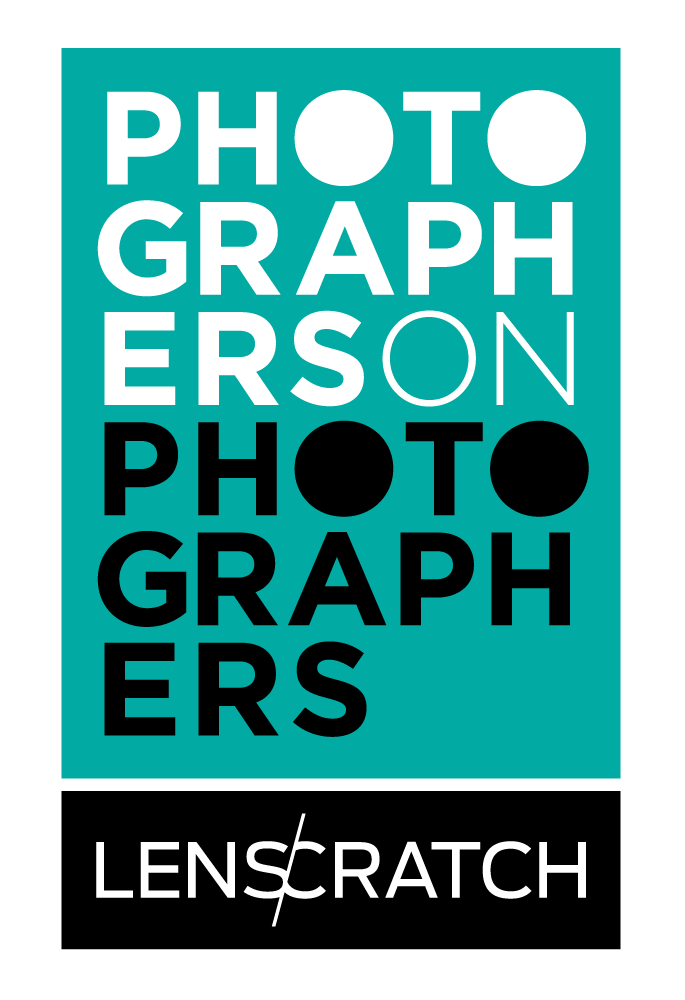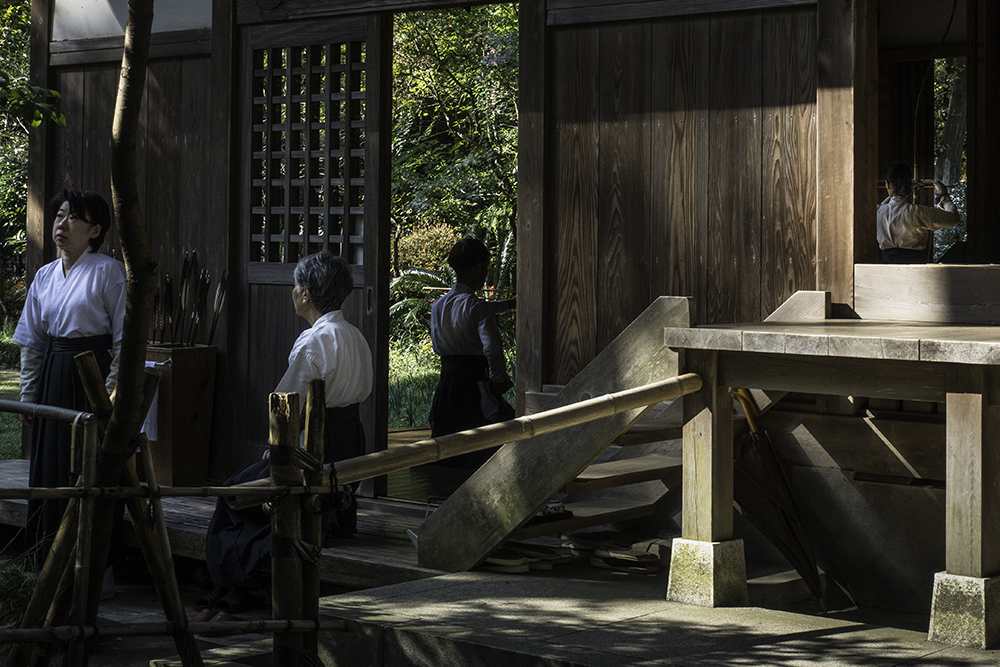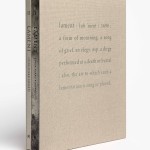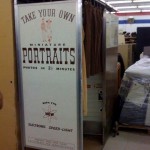Photographers on Photographers: JoAnn Carney on Fred Zafran
For the entire month of August, photographers will be interviewing photographers–sharing image makers who have inspired them, who they are curious about, whose work has impacted them in some way. I am so grateful to all the participants for their efforts, talents, and time. -Aline Smithson
When I first met Fred Zafran, we were on a photographic journey in Japan with Sam Abell following the footsteps of the 17th Century Poet Matsuo Basho along the Narrow Road to the Interior. Often I would see Fred as he worked slowly, setting a sparse stage with light and shadow and waiting for the image to happen. His eyes were drawn to what Roland Barthes calls the “Punctum” – that unique element or detail which tells the story. Coming as I did from years of Advertising Photography where the dictates of Products and Clients are preplanned, the idea of waiting for something to happen was so foreign to me that I couldn’t help but be fascinated by it.
Fred grew up in Philadelphia in the ‘50s and ‘60s in the neighborhoods of Strawberry Mansion and Mount Airy. Since these early days, he has spent much of his life listening and observing. His boyhood home was filled with the classical music of his parents playing the piano and at an early age Fred also began playing piano. He studied environmental science in college and graduate school and built a successful career in the technology services industry. Throughout this time his appreciation for photography grew into his quiet passion.
At sixteen, Fred made what he considers to be his first “good” photograph, as image of a young woman crouching under an umbrella, in the rain and mist. That image opened his mind to the possibility that a camera could be more than a recording device. It could make something poetic.

JoAnn Carney began her life in photography with a degree in theater and friends who worked in advertising. They were all young and spoke the same visual language so she began doing advertising photography which she always thought of as a split second of a one act play.
For the most part she got along well with the Art Directors with whom she worked and they became life long friends who encouraged her to work on her own projects. One of those projects, her project about Hands was recently chosen for the Portfolio Show at the Center of Fine Art Photography in Fort Collins, Colorado. Before that, She has been part of Juried exhibitions at the Curated Fridge, the PhotoPlace Gallery in Vermont, and the Center for Find Art Photography. Her work has been in group exhibitions at the Art Institute of Chicago and The Museum of Contemporary Photography. A project she did for Crate and Barrel was chosen by the Museum of Modern Art for its archive of Advertising Photography.
She divides her time between her darkroom in New Mexico and her Lightroom in Central Illinois where she is working on a book about the 16th Century Palazzi of Genoa.
Fred Zafran is a documentary photographer of ordinary things, exploring the world as metaphor and map of our inner human landscape. His work is “a gentle observation of the city, its streets, and a few of us as we wander through the day and the unanticipated moments of quiet and solitude.”
Fred Zafran lives in Leesburg, VA and is a juried artist of the Torpedo Factory Art Center in Alexandria, VA. His work is represented by Multiple Exposures Gallery.
JoAnn Carney: Why do you photograph?
Fred Zafran: The artistic motivation behind my work is quite simply the astonishment at the very fact of one’s own existence in the world. No one gives you a manual when you come in…so we are left to discover our own means of understanding and finding our way. I photograph cities, small towns and people as metaphor and map of our inner human landscape. Everything deserves our careful attention and awareness…even the smallest details may contain great secrets. I am most interested in photographing the ‘exquisite ordinariness’ of things. All photography is symbolic, and metaphor is more revealing than literal depiction.
JC: In Fred’s work I am reminded of the quiet loneliness of an Edward Hopper or an Andrew Wyeth painting and then the deep contrasts but gentle light of Vermeer and Caravaggio. But there is something else in the photographs. It is the Japanese aesthetic; a naturalness, a simplicity, a tranquility.
JC: Which photographers do you consider the major influences in your work?
FZ: Alex Webb and Harry Gruyaert for their complex multi-layered images; Manuel Alvarez Bravo for his magical realism; Fan Ho and Ray Metzker for their structural use of light and shadow as sculptural elements; Sam Abell, the finest educator of photography as poetic narrative; Yamamoto Masao, the photographer of silent and empty spaces of nature; and Masahisa Fukase for Ravens, his profoundly emotional photographic narrative.
JC: What defines success for you?
FZ: It is the music and poetry of the photographic image. In Aldous Huxley’s essay Music at Night, he writes of the ‘blessedness at the heart of things’ ‘…that music reveals silence, the deep and living and benevolent darkness, into which is interwoven music’s fabric of harmonious sound.’ In my own photography, I seem to be searching for the same…for images borne of a deep and beautiful silence, that although ambiguous, point beyond themselves. In the midst of the day-to-day rounds, my photographs are of solitude, often a bit melancholy, but still hopeful. The successful image must be a strong (and yes, beautiful) image, able to stand alone…but must also be part of (and contribute to…) a larger poetic narrative. It doesn’t matter if the narrative can’t be verbalized or if the meaning is not readily apparent. I am happy if the images and sequence are emotionally resonant.
JC: Can you share your process?
FZ: I decide on a location where I want to photograph for the day…and may be photographing with a given project or portfolio in mind. Beyond this, I often work without plan or preconception. I leave the house with a single camera and one lens. At the location…I look for context and setting first, set up the frame sculpting shadow, light and color as structural and emotional elements and wait for the story to arrive. I am not photographing ‘things’ per se, but rather photographing the relationship between things.
JC: I didn’t ask Fred what his perfect day might be, but I am almost certain he would be out with camera in hand, among the people of a small town somewhere, anywhere, wandering and listening to the music of the streets.
Posts on Lenscratch may not be reproduced without the permission of the Lenscratch staff and the photographer.
Recommended
-
The Next Generation and the Future of PhotographyDecember 31st, 2025
-
Aaron Rothman: The SierraDecember 18th, 2025
-
Photographers on Photographers: Congyu Liu in Conversation with Vân-Nhi NguyễnDecember 8th, 2025
-
Linda Foard Roberts: LamentNovember 25th, 2025
-
Arnold Newman Prize: C. Rose Smith: Scenes of Self: Redressing PatriarchyNovember 24th, 2025

































































































